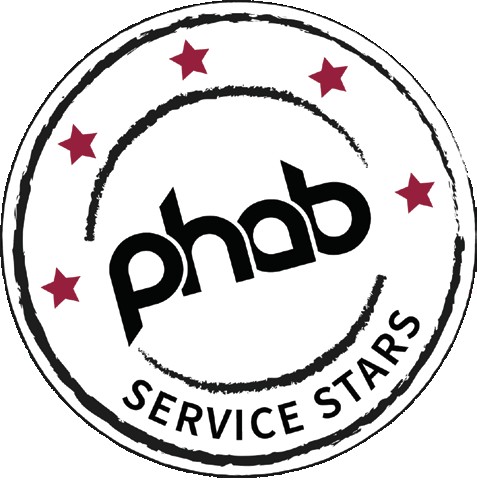SCRATCH COLUMNIST
NOTES FROM Nergish
Are you considering increasing the prices of your nail services? NERGISH WADIA-AUSTIN, business expert & CEO of PHAB Service Stars, shares how to communicate this effectively with clients
ABOUT NERGISH
Nergish Wadia-Austin is a highly regarded international hair, beauty, spa and wellness industry expert. She has been a consultant and business management trainer for over 40 years, dedicated to improving service and retail performance worldwide.
Nergish’s ability to identify and address business gaps, along with her commitment to high-performance team development and customer service excellence, make her a valuable asset for salons keen to boost revenue and improve operations. Her unique approach includes tailored training for leaders and nail, beauty and hair salon professionals.
Nergish regularly speaks at business events across the globe and is a judge for industry awards. She offers courses via www.hairandbeautyexpert.com and is CEO & founder of PHAB Service Stars: a measure of excellence for hair and beauty professionals.




Check out Nergish’s business management training courses at www.hairandbeautyexpert.com and apply for a PHAB Service Star at www.phabservicestars.com
/nergishwadiaaustin & /phabservicestars
@nergishwadiaaustin & @phabservicestars
In any business, raising prices can significantly impact customer behaviour and perceptions. Understanding these impacts and managing the transition is crucial to maintaining client loyalty. In this column, I explore the potential effects of price increases, strategies for smooth implementation and best practices for handling complaints.
Areas that could be impacted by price increases:
1. The frequency of customer visits and their spend.
Regular, loyal customers may reduce how often they book a treatment due to higher costs. They may question value for money and opt for fewer services or less expensive alternatives to stay within their budget. With higher prices, customers will likely expect an improvement in treatment quality. They may start comparing your services and prices with competitors more critically.
2. Maintaining loyalty and attracting new clients.
Long-term, loyal customers may feel undervalued if they are not properly informed or appreciated during the transition. Potential customers may be hesitant about the higher prices when comparing them to other options. Here’s where demonstrating excellence can be critical to proving your expertise. Consider applying for a PHAB Service Star (described as a ‘Michelin Star’ for the beauty industry) and encourage online reviews, which play a vital role in urging new customers to book an appointment.
The positive impacts of price increases:
1. Improved service quality.
Increased revenue can fund better products, new equipment and staff training, improving overall service quality. Raising prices can enable investment in your business’ ambience and customer experience, making visits more enjoyable.
2. Business sustainability.
Improved profitability can ensure the sustainability of your business, allowing it to weather economic fluctuations.
What’s more, higher prices can support better wages, helping to retain skilled staff members and reduce employee turnover.
The negative impacts of price increases:
1. Customer dissatisfaction.
You may receive negative reactions from customers who do not expect the increase. They may view it as a sign of greed, rather than a necessity, thus damaging trust.
2. Possible loss of customers.
Price-sensitive clients may book with competitors, who offer cheaper services. Dissatisfied customers may spread negative feedback, harming your business’ reputation.
Strategies for a smooth transition from old prices to new
Before you increase your prices, explain the reasons to your clients well in advance, using newsletters, social media and in-salon signage. Emphasise improvements that justify the price increase, such as better profits, enhanced services or facility upgrades, including any competition wins, awards or qualifying for a PHAB Service Star. Offer loyalty rewards for regular customers to ease the transition.
When prices have been increased, ensure that service quality remains consistently high to meet expectations. Implement a feedback system to quickly address any customer concerns or complaints, and train staff to handle these effectively.
How to handle complaints about price increases
Acknowledge the customer’s concerns and show empathy. Provide a clear, honest explanation and highlight the benefits that come with the increases, such as improved service quality or better products. Offer solutions like loyalty discounts or package deals to make the customer feel valued, and follow up with them to ensure they are satisfied with the resolution.
Raising prices can have both positive and negative impacts. However, with transparent communication, justification and excellent customer service, you can navigate this transition smoothly and maintain customer loyalty.